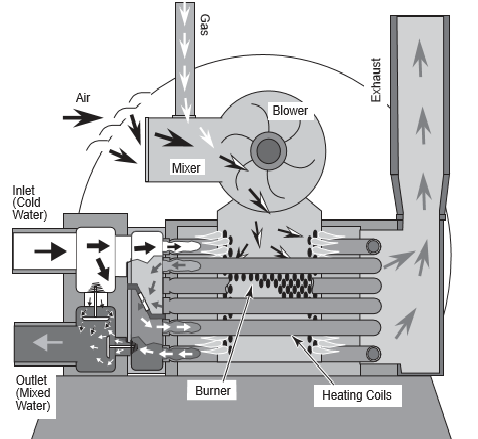In my opinion, they should make a line of variable speed pumps that are limited to 2,500 rpm.
The big benefit would be that they could install a larger impeller for the same horsepower.
This would allow the pump to be run slower for all flow rates.
The main difference would be that the pump would not be a good choice for high head applications.
The pump curve would be lower on the head curve but do better on flow.
Most pools don’t need to be able to generate 80 to 90 feet of head anyway.
Good design should eliminate almost all high head requirements for regular pools.
The big benefit would be that they could install a larger impeller for the same horsepower.
This would allow the pump to be run slower for all flow rates.
The main difference would be that the pump would not be a good choice for high head applications.
The pump curve would be lower on the head curve but do better on flow.
Most pools don’t need to be able to generate 80 to 90 feet of head anyway.
Good design should eliminate almost all high head requirements for regular pools.


